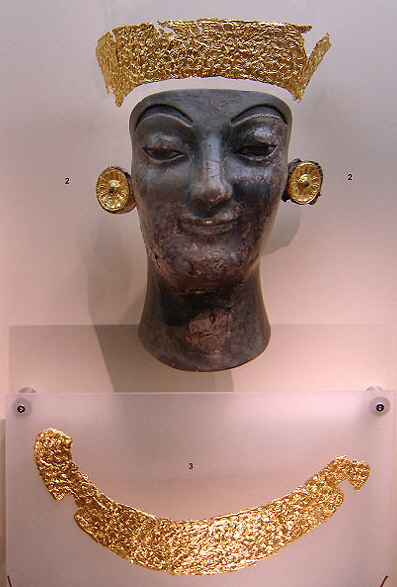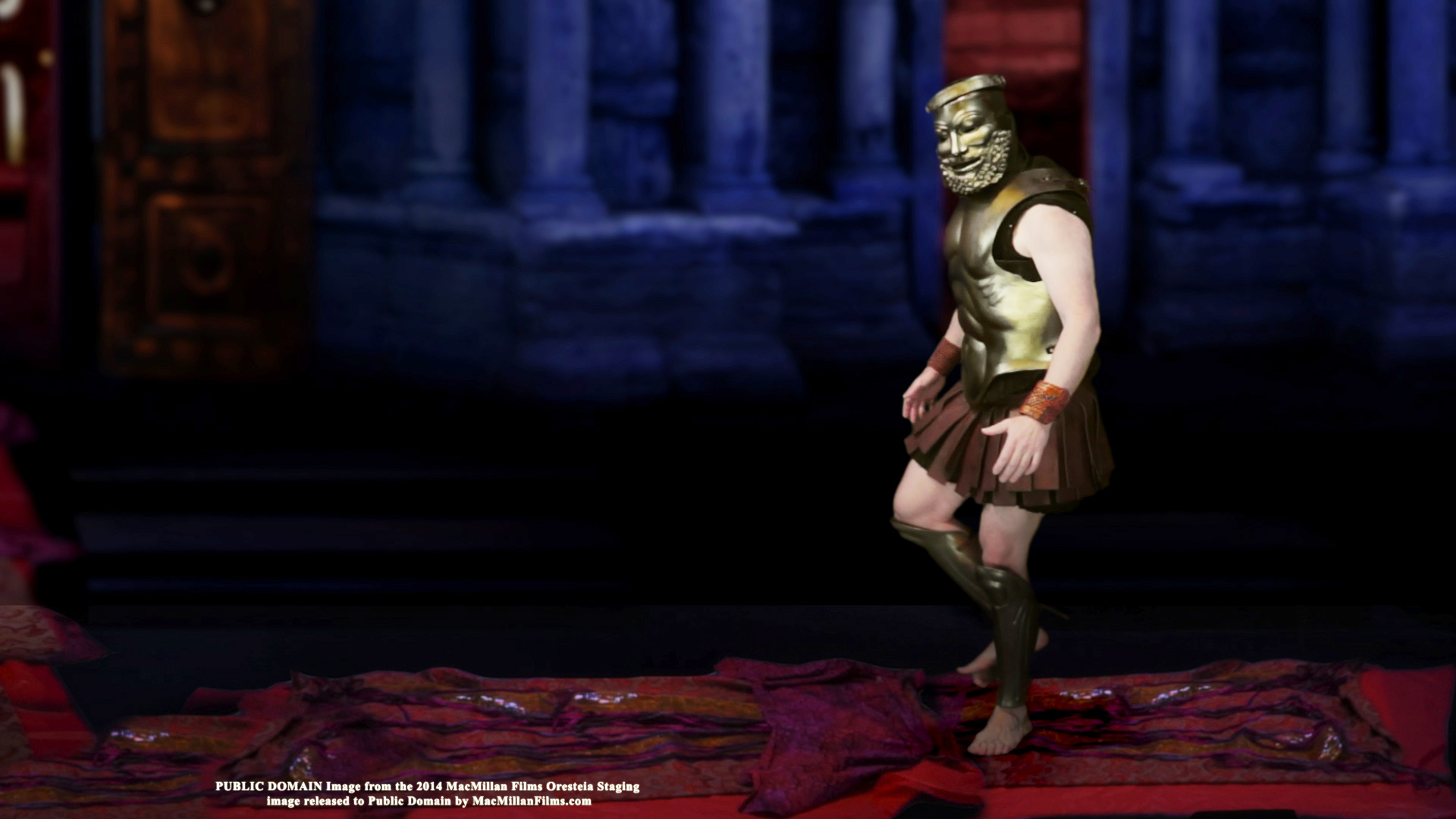|
Theatre Of Dionysus
The Theatre of Dionysus (or Theatre of Dionysos, el, Θέατρο του Διονύσου) is an ancient Greek theatre in Athens. It is built on the south slope of the Acropolis hill, originally part of the sanctuary of Dionysus Eleuthereus (Dionysus the Liberator). The first '' orchestra'' terrace was constructed on the site around the mid- to late-sixth century BC, where it hosted the City Dionysia. The theatre reached its fullest extent in the fourth century BC under the ''epistates'' of Lycurgus when it would have had a capacity of up to 17,000, and was in continuous use down to the Roman period. The theatre then fell into decay in the Byzantine era and was not identified, excavated and restored to its current condition until the nineteenth century. Sanctuary and first theatre The cult of Dionysus was introduced to Attica in the Archaic period with the earliest representation of the God dating to c. 580 BC. The City Dionysia (or Great Dionysia) began sometime in the Peis ... [...More Info...] [...Related Items...] OR: [Wikipedia] [Google] [Baidu] |
Athen Akropolis (18512008726)
''Athen'' (meaning Athens in several languages, including German, Norwegian and Danish) is the name of two German merchant ships: * , German merchant ship lost off Portland Bill in the English Channel in 1906, and now a dive site * , German merchant ship that survived the attack that sank in 1945; afterwards registered in the USSR as ''General Brusilow'' and from 1947 in Poland as ''Waryński''. See also * Athen family, a noble family of Sardinia during the 11th and 12th centuries * Atena (other) * Athena (other) * Athene (other) * Athens (other) Athens is the capital of Greece. Athens may also refer to: Relating to Athens, Greece * Classical Athens, the city in Classical Antiquity * Duchy of Athens (1205-1458), Crusader State centered around the city * Municipality of Athens * Athens ... {{italic title Ship names ... [...More Info...] [...Related Items...] OR: [Wikipedia] [Google] [Baidu] |
Olympiad
An olympiad ( el, Ὀλυμπιάς, ''Olympiás'') is a period of four years, particularly those associated with the ancient and modern Olympic Games. Although the ancient Olympics were established during Greece's Archaic Era, it was not until Hippias that a consistent list was established and not until Ephorus in the Hellenistic period that the first recorded Olympic contest was used as a calendar epoch. Ancient authors agreed that other Olympics had been held before the race won by Coroebus but disagreed on how many; the convention was established to place Coroebus's victory at a time equivalent to the summer of 776 in the Gregorian calendar and to treat it as Year 1 of Olympiad 1. Olympiad 2 began with the next games in the summer of 772 . Thus, for N less than 195, Olympiad N is reckoned as starting in the year 780-(4\times N) and ending four years later. For N greater than or equal to 195, Olympiad N started in (4\times N)-779 and ended four yea ... [...More Info...] [...Related Items...] OR: [Wikipedia] [Google] [Baidu] |
Chryselephantine
Chryselephantine sculpture (from Greek grc, χρυσός, chrysós, gold, label=none, and grc, ελεφάντινος, elephántinos, ivory, label=none) is sculpture made with gold and ivory. Chryselephantine cult statues enjoyed high status in Ancient Greece. Ancient examples Chryselephantine statues were built around a wooden frame with thin carved slabs of ivory attached, representing the flesh, and sheets of gold leaf representing the garments, armour, hair, and other details. In some cases, glass paste, glass, and precious and semi-precious stones were used for detail such as eyes, jewellery, and weaponry. The origins of the technique are not known. There are known examples, from the 2nd millennium BC, of composite sculptures made of ivory and gold from areas that became part of the Greek world, most famously the so-called " Palaikastro Kouros," which are a separate kind of statue from the Archaic Kouros statues, from Minoan Palaikastro, BC, the only probable Mi ... [...More Info...] [...Related Items...] OR: [Wikipedia] [Google] [Baidu] |
Odeon Of Pericles
The Odeon of Athens or Odeon of Pericles in Athens was a odeon, built at the southeastern foot of the Acropolis in Athens, next to the entrance to the Theatre of Dionysus. History It was first built in 435 BC by Pericles for the musical contests that formed part of the Panathenaea, for audiences from the theatre to shelter in case of bad weather and for chorus rehearsals. Few remains of it now survive, but it seems to have been "adorned with stone pillars" (according to Vitruvius and Plutarch) and square instead of the usual circular shape for an odeon. It was covered with timber made from captured Persian ships, culminating in a square pyramid-like roof resembling a tent. Pausanias wrote that the 1st century BC rebuild of it was "said to be a copy of Xerxes' tent", and that might well have applied to the original building. Plutarch writes that the original building had many seats and many pillars. Modern excavation work has revealed its foundations as , and it is now known th ... [...More Info...] [...Related Items...] OR: [Wikipedia] [Google] [Baidu] |
Pericles
Pericles (; grc-gre, Περικλῆς; c. 495 – 429 BC) was a Greek politician and general during the Golden Age of Athens. He was prominent and influential in Athenian politics, particularly between the Greco-Persian Wars and the Peloponnesian War, and was acclaimed by Thucydides, a contemporary historian, as "the first citizen of Athens".Thucydides, 2.65 Pericles turned the Delian League into an Athenian empire and led his countrymen during the first two years of the Peloponnesian War. The period during which he led Athens, roughly from 461 to 429 BC, is sometimes known as the " Age of Pericles", but the period thus denoted can include times as early as the Persian Wars or as late as the following century. Pericles promoted the arts and literature, and it is principally through his efforts that Athens acquired the reputation of being the educational and cultural center of the ancient Greek world. He started an ambitious project that generated most of the surviving st ... [...More Info...] [...Related Items...] OR: [Wikipedia] [Google] [Baidu] |
Oliver Taplin
Oliver Taplin, FBA (born 2 August 1943) is a retired British academic and classicist. He was a fellow of Magdalen College and Professor of Classical Languages and Literature at the University of Oxford. He holds a DPhil from Oxford University. Academic career Taplin's primary focus as a scholar is Greek drama, especially from the viewpoint of staging and performance. His first book (based on his dissertation) was ''The Stagecraft of Aeschylus'', in which he dealt with the entrances and exits of characters in Aeschylus's plays. Subsequent books, including ''Comic Angels'' (1993) and ''Pots and Plays'' (2007) examine vase paintings as evidence for the performance of tragedy and comedy. In 1996, together with Edith Hall, he set up the APGRD (Archive of Performances of Greek and Roman Drama). It is devoted to the international production and reception of ancient plays since the Renaissance. He has also worked with productions in the theatre, including ''The Oresteia'' at the Nationa ... [...More Info...] [...Related Items...] OR: [Wikipedia] [Google] [Baidu] |
Ekkyklema
An ''ekkyklêma'' (; el, εκκύκλημα; "roll-out machine") was a wheeled platform rolled out through a '' skênê'' in ancient Greek theatre. It was used to bring interior scenes out into the sight of the audience. Some ancient sources suggest that it may have been revolved or turned. It is mainly used in tragedies for revealing dead bodies, such as Hippolytus' dying body in the final scene of Euripides' play of the same name, or the corpse of Eurydice draped over the household altar in Sophocles' ''Antigone''. Other uses include the revelation in Sophocles' ''Ajax'' of Ajax surrounded by the sheep he killed whilst under the delusion that they were Greeks.Rehm (1992, 69). The ''ekkyklêma'' is also used in comedy to parody the tragic effect. An example of this is in Aristophanes' ''Thesmophoriazusae'' when Agathon Agathon (; grc, Ἀγάθων; ) was an Athenian tragic poet whose works have been lost. He is best known for his appearance in Plato's ''Symposium,'' wh ... [...More Info...] [...Related Items...] OR: [Wikipedia] [Google] [Baidu] |
Oresteia
The ''Oresteia'' ( grc, Ὀρέστεια) is a trilogy of Greek tragedies written by Aeschylus in the 5th century BCE, concerning the murder of Agamemnon by Clytemnestra, the murder of Clytemnestra by Orestes, the trial of Orestes, the end of the curse on the House of Atreus and the pacification of the Erinyes. The trilogy—consisting of '' Agamemnon'' (), ''The Libation Bearers'' (), and '' The Eumenides'' ()—also shows how the Greek gods interacted with the characters and influenced their decisions pertaining to events and disputes. The only extant example of an ancient Greek theatre trilogy, the ''Oresteia'' won first prize at the Dionysia festival in 458 BCE. The principal themes of the trilogy include the contrast between revenge and justice, as well as the transition from personal vendetta to organized litigation. ''Oresteia'' originally included a satyr play, ''Proteus'' (), following the tragic trilogy, but all except a single line of ''Proteus'' has been lost. ... [...More Info...] [...Related Items...] OR: [Wikipedia] [Google] [Baidu] |
Aeschylus
Aeschylus (, ; grc-gre, Αἰσχύλος ; c. 525/524 – c. 456/455 BC) was an ancient Greek tragedian, and is often described as the father of tragedy. Academic knowledge of the genre begins with his work, and understanding of earlier Greek tragedy is largely based on inferences made from reading his surviving plays. According to Aristotle, he expanded the number of characters in the theatre and allowed conflict among them. Formerly, characters interacted only with the chorus.The remnant of a commemorative inscription, dated to the 3rd century BC, lists four, possibly eight, dramatic poets (probably including Choerilus, Phrynichus, and Pratinas) who had won tragic victories at the Dionysia before Aeschylus had. Thespis was traditionally regarded the inventor of tragedy. According to another tradition, tragedy was established in Athens in the late 530s BC, but that may simply reflect an absence of records. Major innovations in dramatic form, credited to Aeschylus by Aristot ... [...More Info...] [...Related Items...] OR: [Wikipedia] [Google] [Baidu] |
Scenography
Scenography (inclusive of scenic design, lighting design, sound design, costume design) is a practice of crafting stage environments or atmospheres. In the contemporary English usage, scenography is the combination of technological and material stagecrafts to represent, enact, and produce a sense of place in performance. While inclusive of the techniques of scenic design and set design, scenography is a holistic approach to the study and practice of all aspects of design in performance. Etymology and cultural interpretations The term scenography is of Greek origin (''skēnē'', meaning 'stage or scene building'; ''grapho'', meaning 'to describe') originally detailed within Aristotle's ''Poetics'' as 'skenographia'. Nevertheless, within continental Europe, the term has been closely aligned with the professional practice of scénographie and is synonymous with the English-language term 'theatre design'. More recently, the term has been used in museography with regards to the cura ... [...More Info...] [...Related Items...] OR: [Wikipedia] [Google] [Baidu] |
Polygonal Masonry
Polygonal masonry is a technique of stone wall construction. True polygonal masonry is a technique wherein the visible surfaces of the stones are dressed with straight sides or joints, giving the block the appearance of a polygon. This technique is found throughout the world and sometimes corresponds to the less technical category of Cyclopean masonry. Places Crimea *Chufut-Kale *Mangup * Vorontsov Palace Easter Island *Ahu Vinapu Ecuador *Ingapirca Finland *Bomarsund Fortress *Suomenlinna Georgia *Anacopia Fortress *Ateni Sioni Church *Bagrati Cathedral *Gudarekhi *Gelati Monastery Greece * Delphi *Keramikos * Nekromanteion Hungary *Komárom *Fort Monostor India *Vellore Fort *Great Wall of India *Murud Janjira Indonesia * Nias * Toraja Iran * Si-o-se-pol Italy In Italy, polygonal masonry is particularly indicative of the region of Latium, but it occurs also in Etruria, Lucania, Samnium, and Umbria; scholars including Giuseppe Lugli have carried out studie ... [...More Info...] [...Related Items...] OR: [Wikipedia] [Google] [Baidu] |






